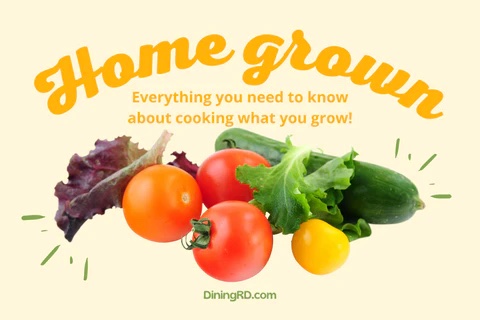
Consider the benefits of gardens in long term care communities
What’s not to love about a beautiful garden? Whether at our home or throughout our neighborhood, gardens are a reminder that nature is all around us, the world is gorgeous, and life is worth slowing down for.
The benefits of gardens are endless. So it stands to reason, why not gardening for your long term care community? Just think about the benefits…
Why nursing home gardens?
- Creative outlet for gardening
- Home-like environment
- Create a sense of ownership and purpose
- Beautiful and functional
- Connect staff and residents
- Improve overall quality of life
- Physical exercise
- Repetitive tasks in gardening help with dementia care
- Relieve stress
- Lower blood pressure
- Dynamic therapy
As long term care professionals, it’s important to have gardens in your nursing home if you don’t already. And if you do have one or several, it’s equally important to improve them, whether through making them safe and more accessible to residents or growing and using produce to use in your foodservice operations.
How to create safe and accessible gardens
- Start with smooth pathways. There shouldn’t be any steps.
- Create easily identifiable handrails.
- Make sure everything is wheelchair accessible (raised beds, containers, window boxes, potting tables).
- Create concrete pathways with beveled edges to prevent wheelchairs from rolling into the lawn.
You can accomplish many of these tasks by partnering with a master gardener, whether that be someone already on staff at your facility or an organization in your local community. They may even suggest indoor and outdoor options so that every resident, regardless of their condition or limitations, can enjoy.
The bottom line is to make sure everything is accessible. Residents should be able to enjoy a cool breeze on an early fall morning or roll up their sleeves and do a little planting and pruning if they are up to it.
Yes, it’s OK to cook and eat the produce from your garden!
As of September 2011, nursing home gardens and the use of the produce grown in them is permissible according to the Centers for Medicare and Medicaid Services (CMS). Naturally, nursing homes must follow food handling procedures to avoid possible food-borne illnesses, but harvested foods may be used for food production. Examples include:
- Herbs: Parsley, Basil, Dill, Rosemary
- Tomatoes
- Zucchini
- Broccoli
- Peas/Beans
- Strawberries
- Blueberries
Not only is growing and utilizing produce from your garden cost-effective, but it can help take your foodservice operations to an entirely new level, as your residents will feel like they are part of the process.
Just keep in mind a few precautions:
- Have a policy about your garden.
- Clean and sanitize all surfaces.
- Wash hands properly.
- Rinse all produce under running tap water.
- Shake dry or dry in a colander basket.
- Cut produce should be refrigerated at 40 degrees or lower.
- Do not mix water-slurried produce such as cut celery or carrots.
- Avoid sprouts for high-risk populations, as they are a notorious source for foodborne illnesses.
Foodservice leadership starts with you!
